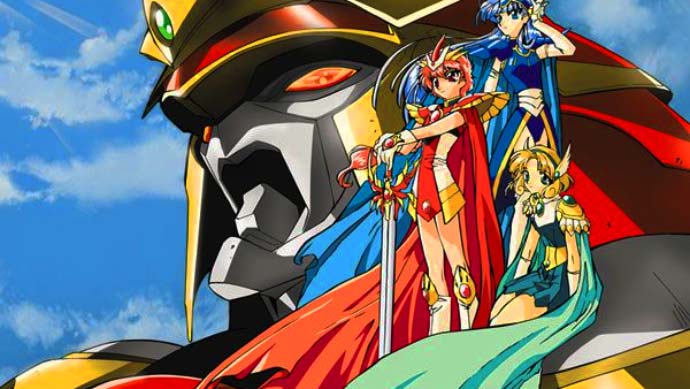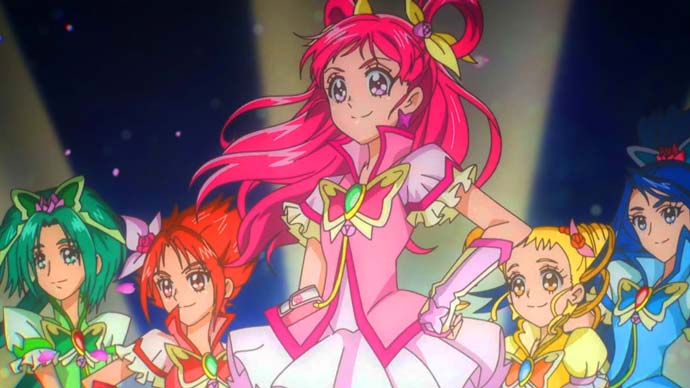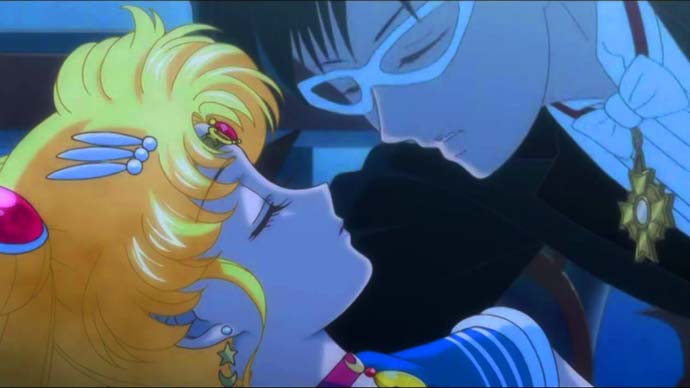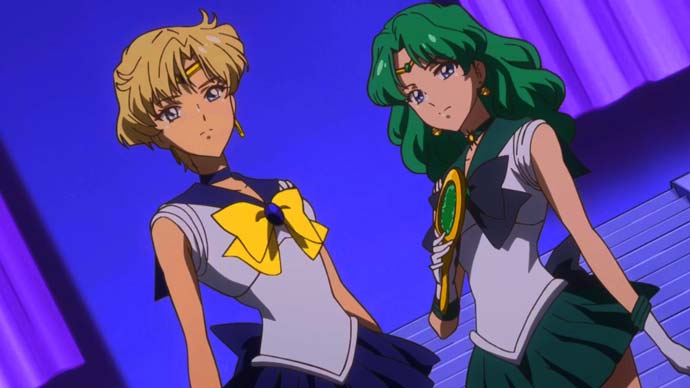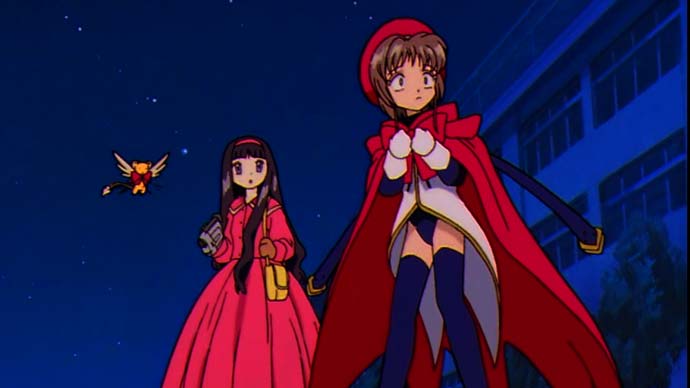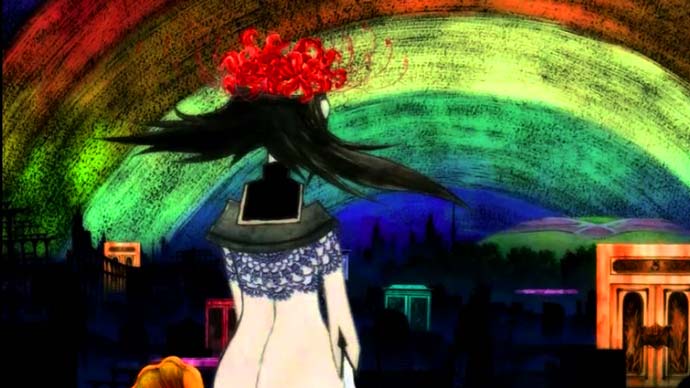What’s magical girl anime, you ask? And how does it differ from the established shonen and shojo anime genres? Magical girl anime (also called maho shojo) is a subgenre of shojo anime that features girls who are bestowed with magical powers, which they use to protect humanity and deliver justice. These girl characters can come in many forms, from singing idols to teenage squads. Such anime series can often mix several genres together, but the main thing is that they’re anchored on common magical girl tropes and tend to explore themes of positivity, feminism, friendship, and romance. If magical girl anime doesn’t sound like your cup of tea, you might be surprised—these anime series offer a breath of fresh air compared to the usual shonen or seinen anime series you might’ve seen. Here are several things you need to know about magical girl anime and what to expect if you decide to give it a shot.
1. It Crosses Target Demographics
While the main target audience for shojo anime is young girls, magical girl anime often incorporates elements that appeal to a much wider variety of viewers—so don’t be put off by the “magical girl” nomenclature. Magic Knight Rayearth is one such example. It’s a typical magical girl anime that features teenage girls who are brought to another world, but also has the addition of cool mecha “Rune Gods” and a save-the-world plot that feels more like a shonen hero story. That’s the kind of stuff that anyone could like, and it’s pretty common throughout the subgenre. You’ll often find that magical girl anime series aim for a broad mix of target audience by blending several genres, concepts, and styles into one.
2. The Subgenre Has No Limits
To expand on the above, magical girl anime is an expansive subgenre when it comes to ideas and styles. It can feature pretty much anything, including mecha, isekai, and even sentai elements. That’s because magical fantasy often opens up all kinds of potential for plot devices and character concepts. No matter how farfetched a premise might seem on its own, magical girl anime is so good at making it all come together in ways that let you suspend disbelief. For example, consider the magical girl anime franchise Pretty Cute (also known as PreCure). It has over a dozen anime series that have their own tones, styles, and storylines that distinguish them from each another, but the magical girl squad remains its primary focus.
3. It’s Often Filled With Romance
Even though magical girl anime crosses genres and appeals to many, it’s still a subgenre of shojo—and that means cute, adolescent romance. Nearly every magical girl anime series heavily features romantic relationships, unlike shonen which might feature the occasional romance but more often focuses on the powers of friendship and teamwork. These love story plots in magical girl anime are partly there as fan service to younger female viewers, but they’re usually written in a way that spices up the main plot and further develops the characters. One example is Usagi Tsukino (Sailor Moon) and Mamoru Chiba (Tuxedo Mask). Their relationship is more than just romantic—it introduces all kinds of twists and turns throughout the Sailor Moon series.
4. Yuri/Yaoi Characters Aren’t Uncommon
Because magical girl anime often involves fantastical plots that are much higher-concept than rom-com high school anime series, this subgenre is one that often introduces yuri and yaoi characters. Yuri refers to girls who have romantic relationships with other girls, while yaoi refers to boys who have romantic relationships with other boys. But these relationships aren’t always overtly intimate. One iconic example of yuri is the relationship between Sailor Neptune and Sailor Uranus in Sailor Moon, while Yue and Touya in Cardcaptor Sakura stand out as an example of yaoi.
5. Costumes Are Iconic and Important
One thing that’s common across magical girl anime is the prevalence of bold outfits and designs, which are meant to appeal to younger female viewers (who are known for playing dress-up with dolls). Even if you don’t care too much about these cute and colorful costumes, you can’t deny the artistry and creativity that go into them. It’s almost like the girl version of mecha anime and robot designs. Magical girls stand out with their character designs, and it’s one area where creators have immense freedom in drafting up ideas that are really out there. Plus, it can be lots of fun when the costume creation process is incorporated into the story itself as characters design themselves. For example, when Tomoyo learns of Sakura’s identity in Cardcaptor Sakura, she gladly offers to create costumes for her (one for every mission). Another example is Fancy Lala, featuring singing idol Miho who creates her own costumes by drawing in a magical sketchbook. Unfortunately, some magical girl anime series take it too far and end up oversexualizing the characters with short skirts, skin-tight apparel, etc. In Ah! My Goddess, for example, the character designs aren’t too daring but you can still notice the sexualized aspects.
6. It Can Be Dark (But With a Twist)
Magical girl anime isn’t always sparkles and rainbows. In fact, some magical girl anime series are quite dark and willing to explore psychologically disturbing scenes, elements, and representations. For example, the witch Homulilly is pretty dark in Puella Magi Madoka Magica: Rebellion. Another example is Fate in Magical Girl Lyrical Nanoha, which features exploitation and abuse. These magical girl anime series often toy with the idea of “lost hope”—everything falls apart and circumstances feel hopeless, but there’s usually someone who encourages the magical girl to be true to herself and stay positive despite all the negativity she’s up against. That said, the magical girl subgenre still isn’t as violent as your typical anime series with powers and abilities. Even when there are fight scenes, they’re usually meant for positivity, inspiration, and empowerment (rather than brutality, carnage, and force). Read next: What Is Isekai? The Best Isekai Anime Series, Ranked
